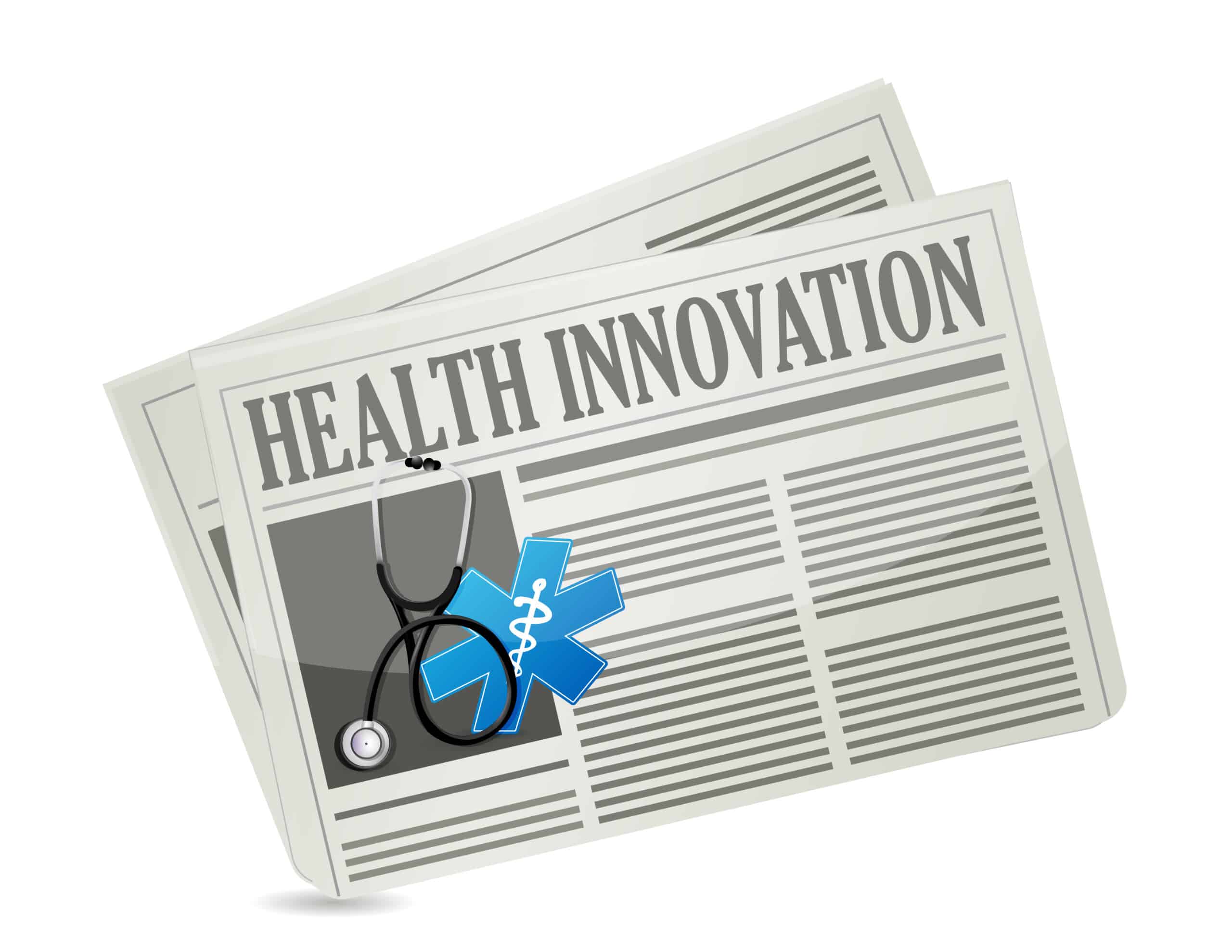Cleveland Medical has released its picks for the top 10 medical innovations for this year during a multimedia presentation that capped off the Medical Innovation Summit. This was the 16th year of the annual summit organized by Cleveland Clinic Innovations. This list of technologies was selected by a panel of physicians and scientists from Cleveland Clinic which anticipates innovations such as immunotherapy, and pharmacogenomics to significantly transform the medical field and improve patient care around the globe.
Fighting the opioid crisis and finding alternative therapy for pain management is number one on the list as it has been declared a public health emergency and chronic pain is the leading cause for opioid prescriptions. Innovation and potential hope may come via pharmacogenomic testing which uses patient genetic makeup to predict the individual’s metabolism of drugs which may help to avoid some adverse reactions and eliminate ineffective and unnecessary prescriptions and provide opportunity to tailor medication therapy.
AI in healthcare comes in at number two on this list. Once thought of a science fiction and futuristic artificial intelligence has become part of most everyday life, and is changing the game with applications to support decision making, image analysis, and patient triage to become science fact. AI is helping to make better decisions at point of care, removing hassle and uncertainty out of scans, and reducing physician burnout. AI is also reducing clinical variation and duplicative testing while ensuring safety, and quickly making sense out of mountains of data. With continued integrations and deep learning of healthcare AI has helped to make caring for patients a matter of working smarter rather than harder.
Stroke intervention must be done in a timely response, prolonged lack of blood flow following a stroke can lead to irreversible destruction which often results in disability, in many cases intervention methods can be deployed to save tissue within a limited window. New guidelines suggest an expanded window of opportunity for treatment; this lengthened timeframe which is anticipated to lower risk of disability and provide opportunity for increased recovery rates.
Cancer immunotherapy uses the body’s own immune system to fight cancer, and have existed for some time. Around the globe researchers are working towards a cure and continue to highlight new and novel targets. Life changing treatments are being created using concepts of joint therapy and engineered T-cells, discovery of new targets and biomarkers are hoped to lead to effective therapies soon existing for all tumor profiles.
3D printing technology has made it so medical devices can be matched to exact specifications of specific patient dimensions that are designed to be more compatible with the individual’s anatomy. Such devices have been shown to have greater acceptance by the body, increased comfort, and improved performance in patient outcomes. Versatility of 3D printing provides advanced care while minimizing risk of complications. Most significant work with this technology includes external prosthetics, cranial/orthopedic implants, and customized airway stents. Prosthetic work with other bodily implants is gaining speed, some of which have been cleared for the commercial market, and can also be found in surgical planning such as complicated heart surgery and a recent total face transplant. 3D printing is increasing detail to patient care with its widening healthcare applications.
Computer technology is being used to create simulated and hybrid environments in virtual(VR) and mixed reality(MR). Most coming for gaming these technologies can be far more than a game, having caught the eye of healthcare professionals and is now popular for medical educations with programs to provide simulation training to serve as traditional medical schooling enhancement. This form of immersive training appeals to all types of learners, education via stimulation is a productive step towards the system’s most adept and confident healthcare providers.
Less common than ischemic strokes, hemorrhagic strokes are responsible for close to 40% of all stroke deaths. Rapid diagnosis is required for effective treatment due to uncontrolled bleeding leading to swelling and damage to the brain. New and advanced technologies are being used to speed diagnosis such as the hemorrhage scanning visor used to detect bleeding and speed up diagnosis and ever important time to treatment and are expected to improve patient outcomes.
Most surgeries today are the shortest and least invasive that science can allow, this adaptation in surgical methodology is in part brought about by integration of robotics providing surgeons with guidance for extreme precision in surgery. The integration has helped to provide shortened recovery times and reduced pain after surgery as part of patient benefits seen with minimally invasive robot assisted surgery; continued advancements in the field have brought about more precise and effective surgeries with improved surgical outcomes.
Today cardiac surgery is more routine and less invasive than its counterpart; performed percutaneously many cardiac procedures no longer require an open heart: Mitral and tricuspid valve replacement and repair procedures are now performed this way. Percutaneous intervention has yielded significant positive outcomes while filling a void in the field of heart surgery, further exploration of the technology is ongoing with promising postop results; this innovation has significant implication for the future of cardiac care.
RNA based therapies are among some of the newest innovations in labs around the world and have immense potential. Interfering with genetic data at the ribonucleic acid level provides scientists ability to intercept genetic abnormalities before it is translated into functioning/nonfunctioning proteins. Some of the most successful mechanisms of RNA therapy include antisense nucleotides and RNA interference and are being explored in rare genetic disease, cancer, and in neurological diseases with hopes to find treatments by way of alternate genetic data; the new mechanisms of action are opening paths for progress and innovation in therapeutics.




